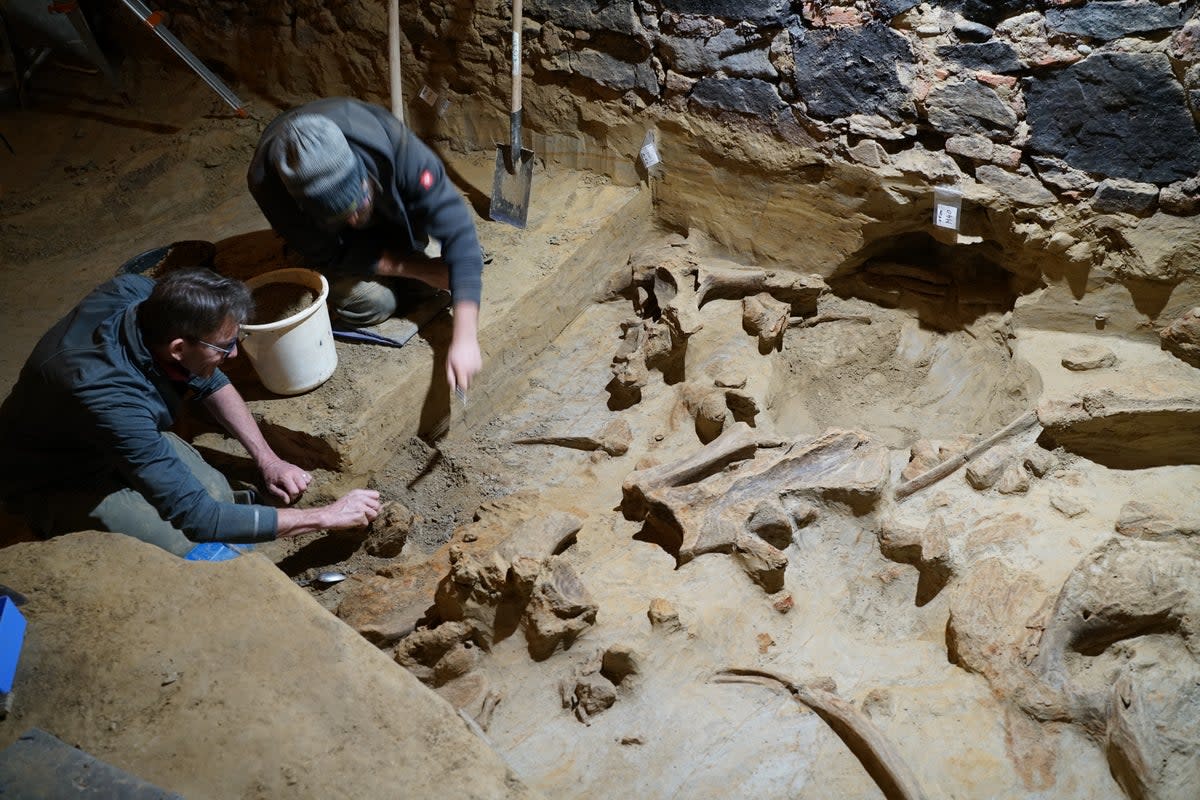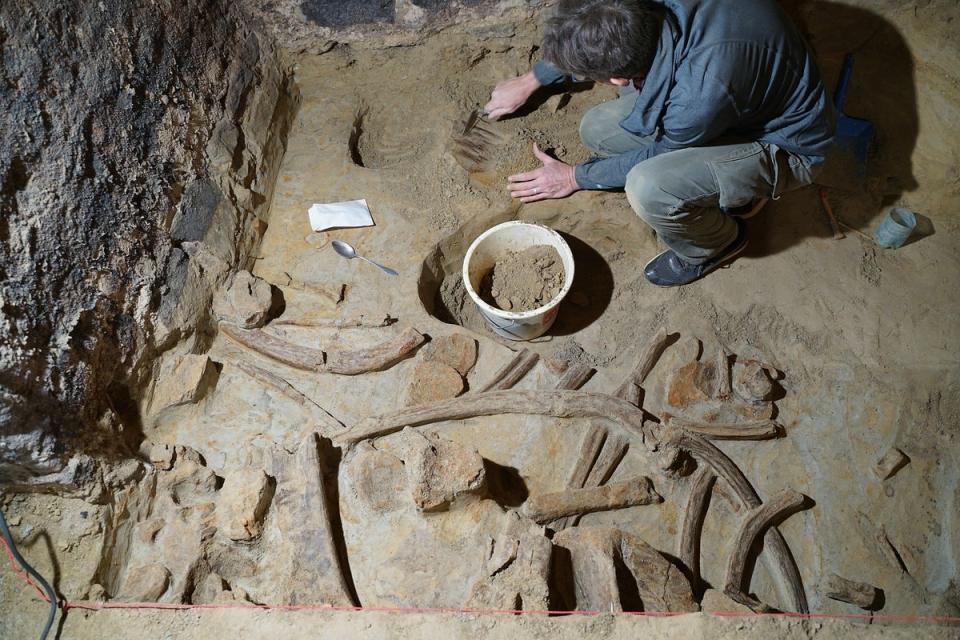Austrian man stumbles upon ‘sensational’ mammoth fossils while renovating wine cellar

An Austrian man has uncovered mammoth bones dating back tens of thousands of years while renovating his wine cellar, in what archaeologists are calling the most significant fossil find of its kind in over a century.
The “sensational” discovery has been dated by experts from the Austrian Archaeological Institute using stone artifacts and charcoal found at the site, which suggest that the mammoth bones are between 30,000 and 40,000 years old.
The site comprises a “significant bone layer” containing the remains of at least three different mammoths, making it an “archaeological sensation,” researchers say.
“I thought it was just a piece of wood left by my grandfather. But then I dug it out a bit and then I remembered that in the past my grandfather said he had found teeth,” winemaker Andreas Pernerstorfer told the Austrian Broadcasting Corporation.
“And then I immediately thought it was a mammoth,” Mr Pernerstorfer added.
The last time such an archaeological find was made in Austria was 150 years ago, researchers say.

At the time, archaeologists uncovered another thick layer of bones along with flint artifacts, decorative fossils, and charcoal in an adjacent cellar in Gobelsburg.
“Such a dense bone layer of mammoths is rare,” Hannah Parow-Souchon, who led the archaeological dig, said in a statement.
“It’s the first time we’ve been able to investigate something like this in Austria using modern methods,” Dr Parow-Souchon added.
Most old cellars of this kind in Austria and neighbouring countries were completely cleared out as part of excavations conducted over a century ago, and were thought to be “largely lost to modern research,” scientists say.
Back then, the environment in which the fossils were found and their condition were also rarely recorded.
Now, the new findings of mammoth bones along with stone tools raise many questions, including how Stone Age people hunted these huge animals.
“We know that humans hunted mammoths, but we still know very little about how they did it,” Dr Parow-Souchon said.
Researchers suspect the place where they found the mammoth bones in the latest dig could be the place where the animals died after Stone Age humans chased them there and set a trap for them.
They hope to assess the fossils further and eventually hand the bones over to the Natural History Museum Vienna, where they will be restored.

